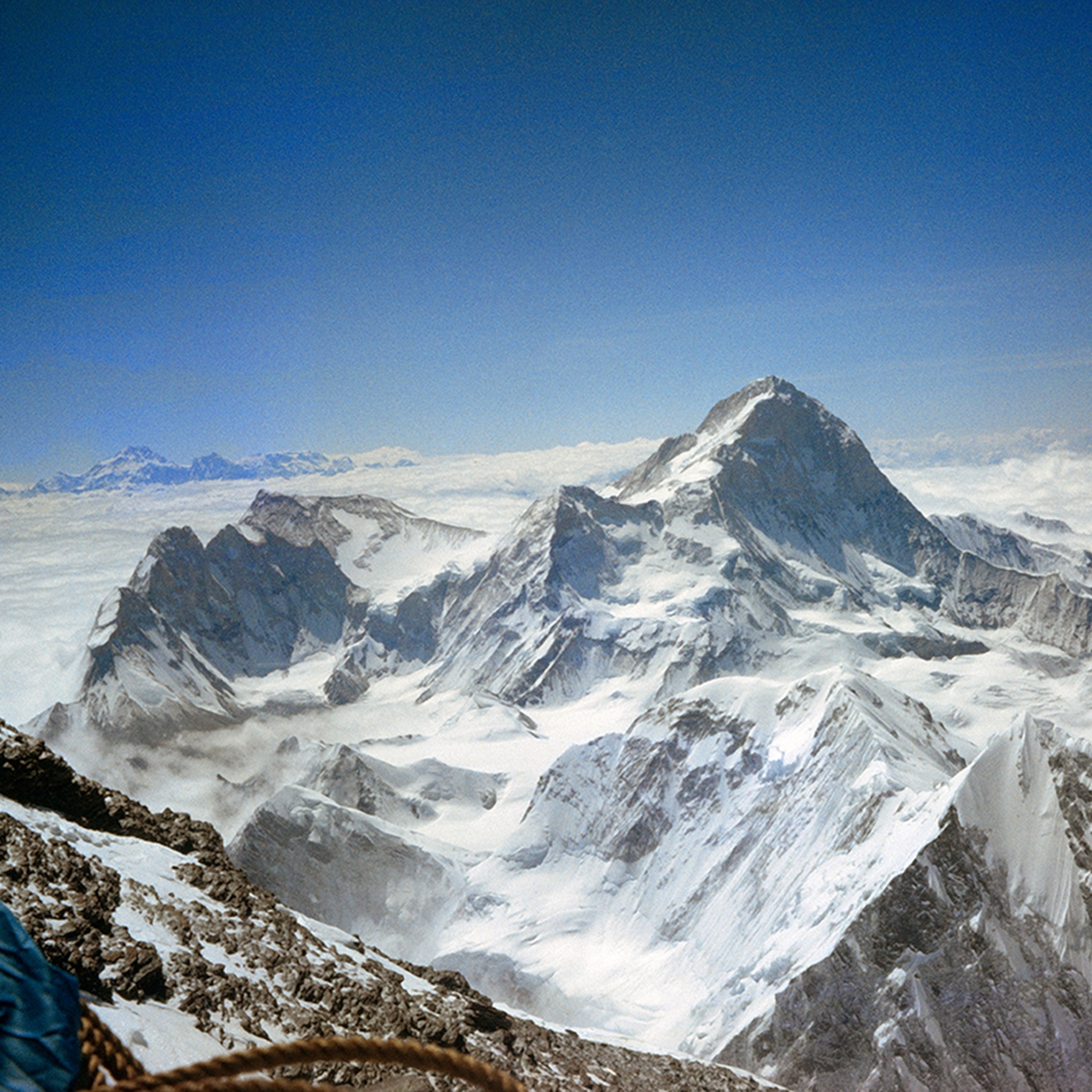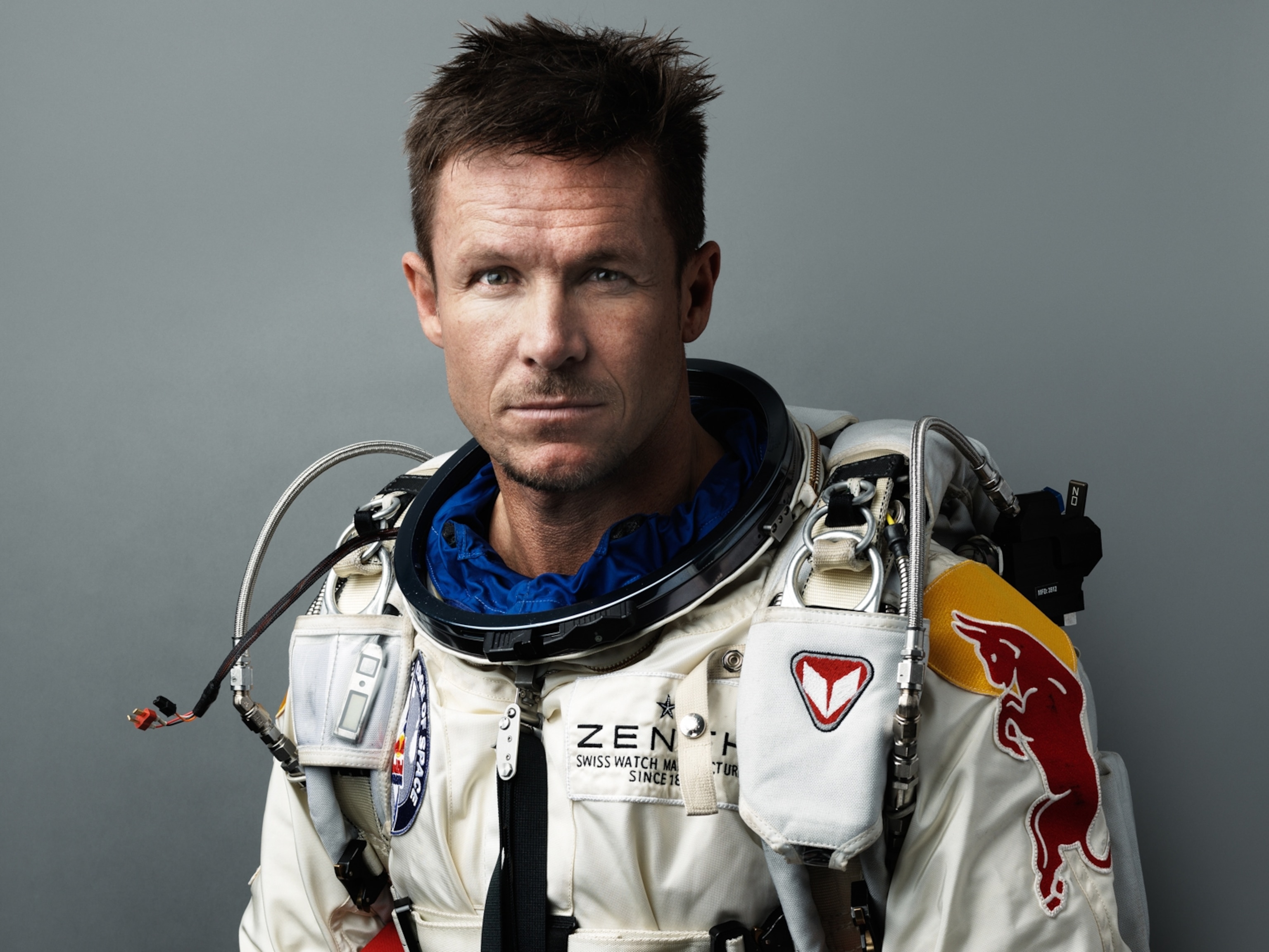
Climber David Lama
On a mountain steeped in history and controversy, a climbing phenom makes a giant leap.
Many climbers consider the slender granite spike Cerro Torre to be the most beautiful peak in the world. Since Italian Cesare Maestri claimed—likely fraudulently—to reach this Patagonian summit in 1959, the peak has certainly been the most controversial. Technically, it is much more difficult than climbing Everest; there are some years when no climbers make it to the top of Cerro Torre.
In 2012, Austrian climbing prodigy David Lama added his own controversial—but ultimately proud—chapter to the peak’s history when he became the first to free climb the stunning 3,600-foot Southeast Ridge. His line snaked alongside and crossed Maestri’s infamous Compressor Route.
In 1970, hounded by critics doubting his 1959 summit, Maestri returned to the peak armed with a gasoline compressor that he used to drill about 400 bolts into the Southeast Ridge’s headwall. The compressor still remains lashed to the wall a few hundred feet beneath the summit, where Maestri abandoned it after claiming his second summit of the peak, even though he stopped 150 feet shy, avoiding the last permanent cap of airy snow ice which he believed was not really part of the mountain. At the time, it startled the climbing community into a heated debate about wilderness ethics. In 1971, climbing legend Reinhold Messner wrote the now famous essay “Murder of the Impossible” in which he shunned tactics that left permanent impacts on mountains.
For years, climbers have unsuccessfully tried to ascend the Southeast Ridge without Maestri’s bolts. It’s part difficult puzzle, part statement. The difficulty and terrain’s complexity stopped many accomplished climbers. In January 2012, Canadian Jason Kruk and American Hayden Kennedy succeeded at a “fair means” ascent via a mix of aid and free climbing. As they descended, they chopped down approximately 125 bolts. They avoided using the bolts, but relied on pitons and rope tension to navigate difficulties.
Enter 22-year-old Lama.
For the last three years, Lama had been trying to become the first person to free climb this iconic, difficult peak. While hiking toward the mountain, Lama crossed paths with Kennedy and Kruk and learned that many of Maestri’s bolts, which he thought he would use to protect his climb, were gone. Lama would have to rely on removable protection placed behind creaking granite flakes held to the mountain by ice. There was potential for massive, life-threatening falls. Still, Lama and his partner, Peter Ortner, didn’t flinch. On January 21, Lama successfully free climbed the route and pushed alpine climbing to a new level.
“I was just so confident I would do it,” says Lama of his mental state. “Maybe irrationally, removing the bolts didn’t make it any more dangerous. Rationally thinking though, it was very dangerous. It is my biggest success.”
Lama’s own fascination with Cerro Torre was touched by controversy. In his first season in 2010, the film crew accompanying Lama added 30 new bolts to a section of the peak where climbers had been negotiating terrain without them. Both the local climbing community and many in the international community condemned the action. The Internet criticism was loud and vociferous. Lama, whose background was in sport and competition climbing, acknowledges he was in the wrong.
“If that doesn’t affect you on a personal level, then you aren’t human,” says Lama. “I personally changed. I really tried to figure out why I did what I did. I tried to understand what others saw in Cerro Torre. What we did this year was proper.”
—Fitz Cahall
THE INTERVIEW
Adventure: How did free climbing Cerro Torre become your dream?
David Lama: On one of my first trips in 2008, I went to Cochomo in northern Patagonia. In the refugio, there were a couple of old climbing magazines. Every climber knows the photo of Cerro Torre. There was a picture of the headwall. It just seemed free-climbable to me. I was far from being an alpine climber though.
A: Your background is in sport climbing and competition climbing. Did that hurt or help you?
DL: It was a rough process. I needed to learn. I had to gain experience. Even if the weather had been good in the first two years I tried it, I don’t think I would have succeeded. I knew I would need the comp [competition] climber in the end though. It was the last bit of the puzzle.
A: Your first two years in Patagonia didn’t go smoothly. The controversy surrounding the new bolts that were added for your film crew got pretty heated. In the end, you ended up doing the route, the Southeast Ridge, in incredible style. Has the community forgiven you?
DL: The more I talked, people realized that I made a mistake—why I did it. I met Kelly Cordes the other day.
A: The climbing writer and one of your biggest critics online?
- National Geographic Expeditions
DL: Yes, we were discussing the meaning of a bolt. If you are a sport climber, a bolt has no meaning. It’s just protection. It’s how you climb. It doesn’t mean you are "murdering the impossible." In the mountains, it really does murder the impossible. There is a big difference. I understand this now.
A: After putting so much energy into this project, did you have mixed emotions when you completed it?
DL: It was my biggest success. It was way more important to me than a world championship title. At the same time, I felt free. Maybe a little bit too free. It was quite a hard time. To be honest I’m not sure what my next big thing will be.
A: It sounds like a life-changing experience.
DL: Cerro Torre will always be a special mountain to me. It changed me from a sport climber into an alpinist.







